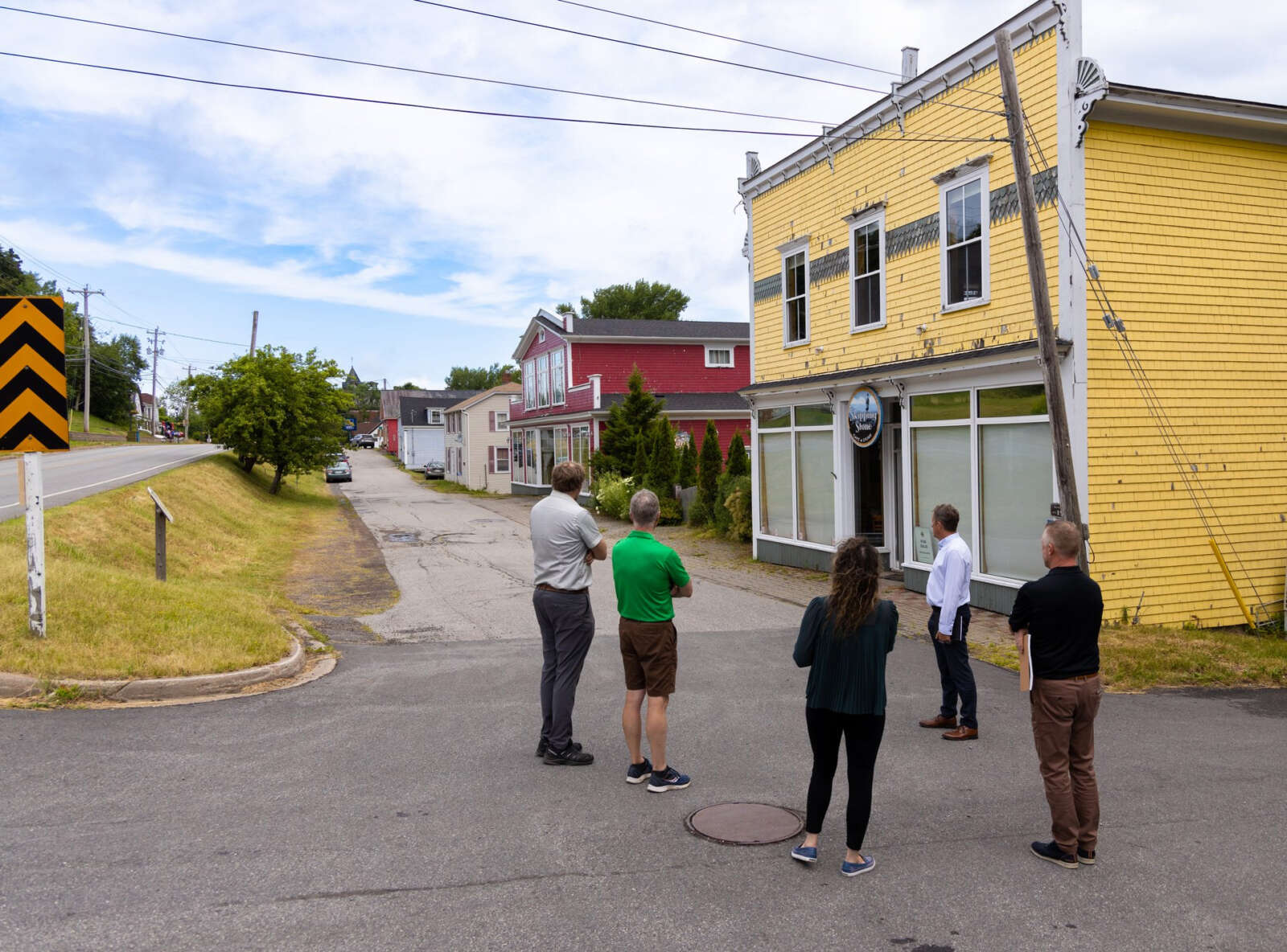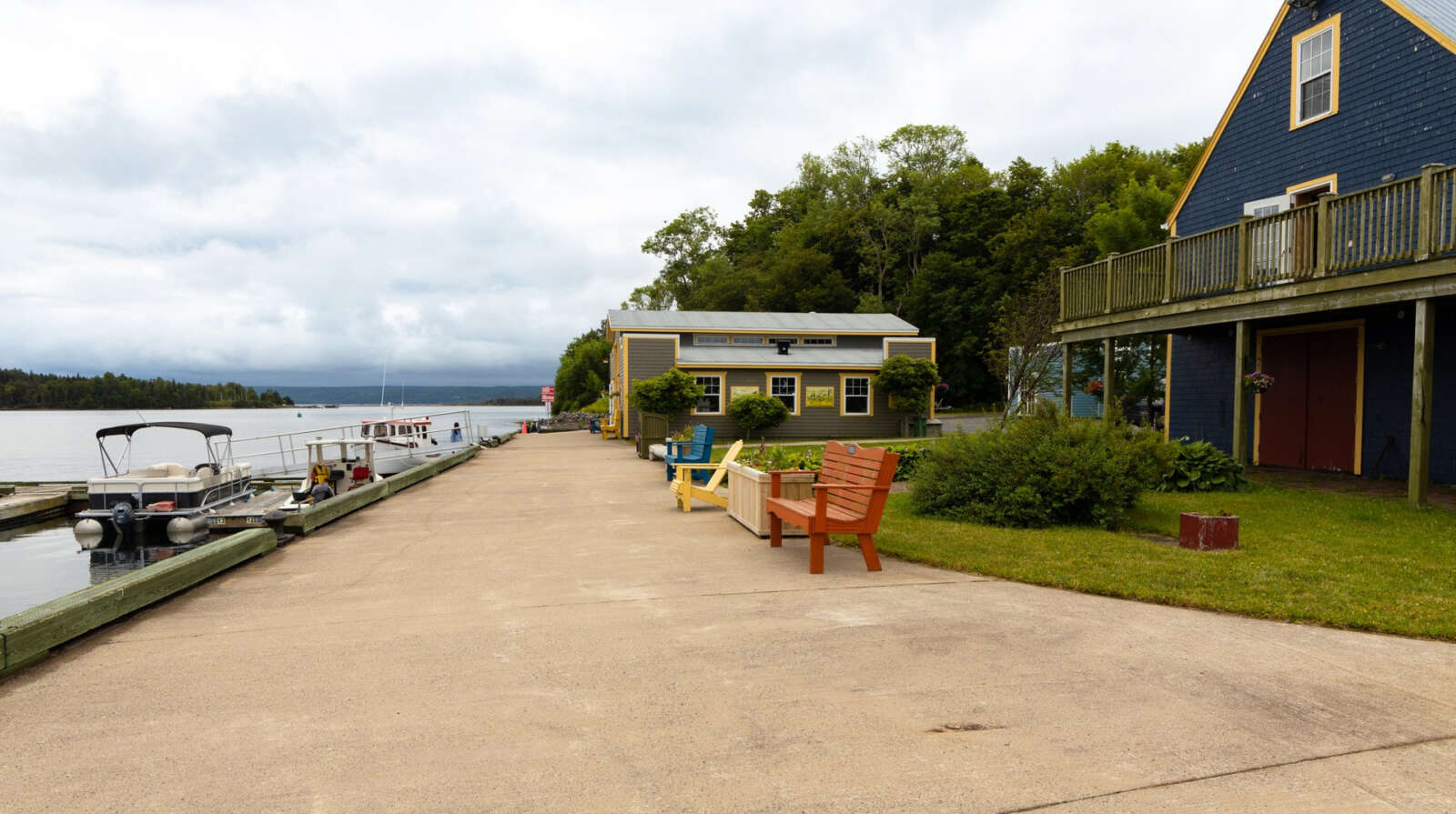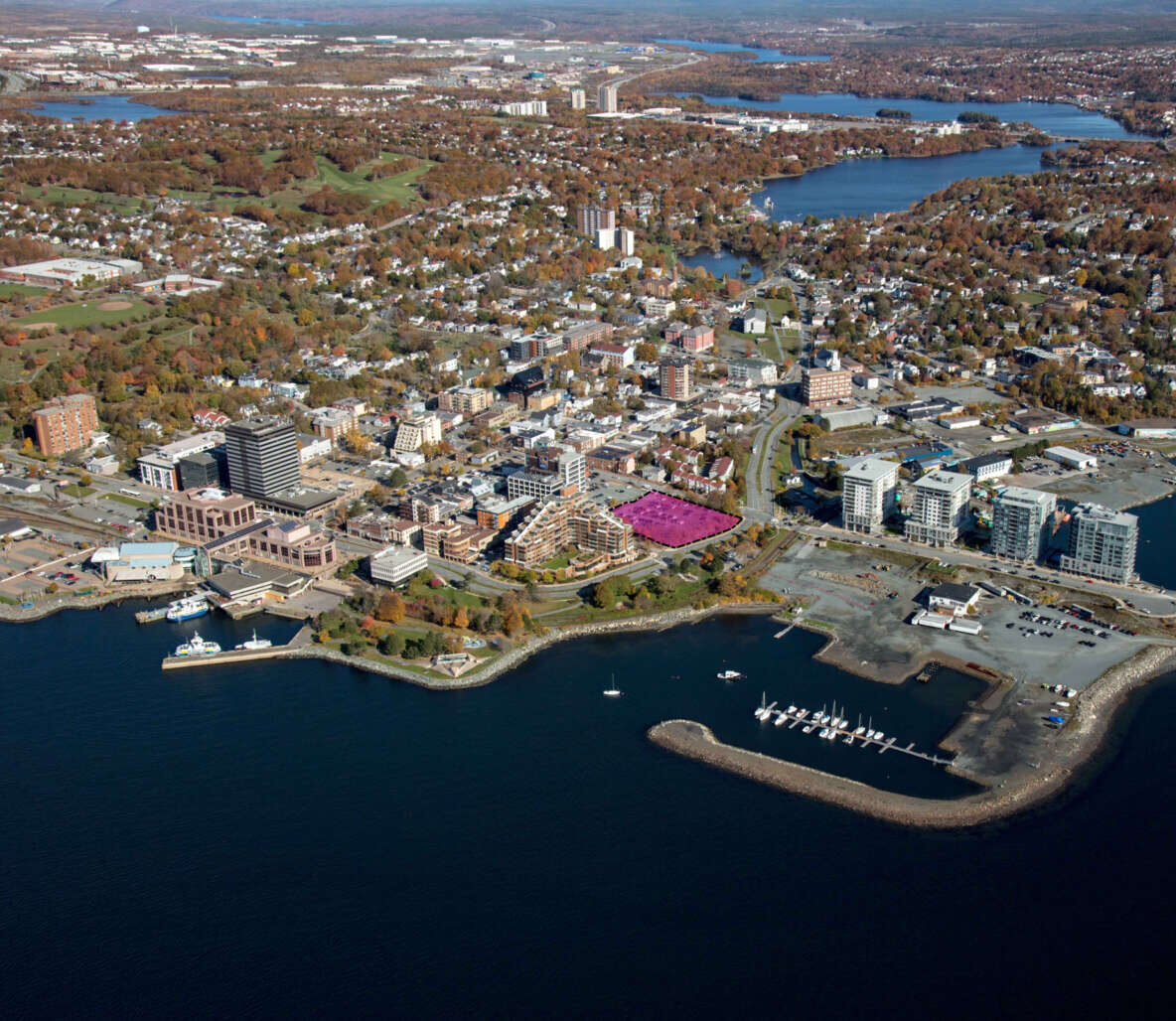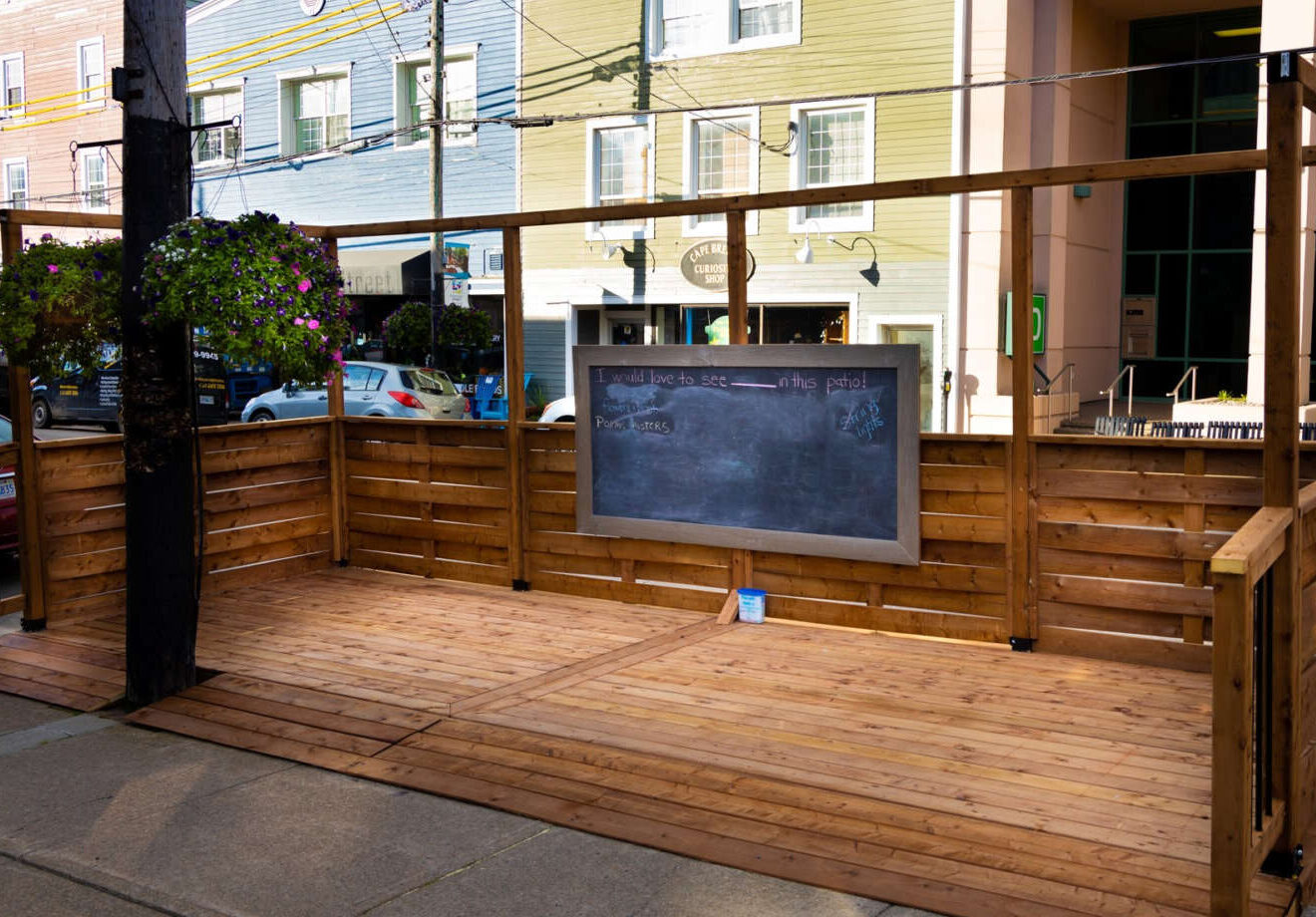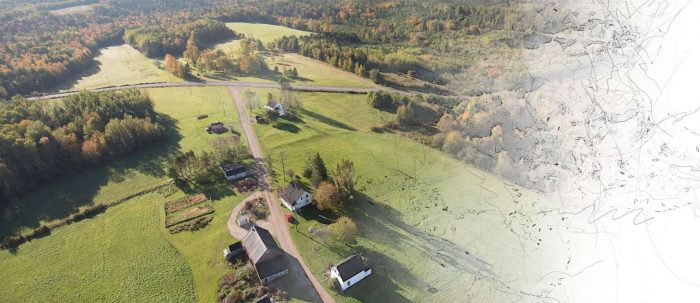
Thriving Communities
Thriving Communities
Connecting communities at higher speeds.
Internet for Nova Scotia Initiative
Connection is vital to a thriving Nova Scotia. High-speed internet is not a luxury, it is a necessity—it enables people to participate in the digital economy, connect with loved ones, and access essential online services. Develop Nova Scotia continues to lead the Internet for Nova Scotia Initiative and connect more people to reliable, high-speed internet access. People like Garth Laidlaw.
Garth Laidlaw is an artist, animator, and instructor in Granville Ferry, Nova Scotia. Hailing from Guelph, Ontario, Garth and his partner came to Nova Scotia to engage with their passion for nature, gardening, and growing their own food. But with Garth’s work firmly planted online, restrictive internet speeds and lack of connection became a major professional obstacle.
Receiving access to high-speed internet has been a “game changer” for Garth. From sharing large video and animation files, to engaging directly with students looking to learn more about the animation industry and their own artwork—his production has increased while allowing him to engage with the benefits of his new rural home and community.
When the Internet for Nova Scotia Initiative launched in 2018, only 75% of Nova Scotia had access to high-speed internet. Current projects underway will reach 98,500 homes and businesses by the end of 2023—that’s 99.1 % coverage for Nova Scotia. With the completion of Pictou County’s independent internet project, very close to 100% (like 99.99%) of Nova Scotian homes and businesses should have access to a reliable, high-speed internet connection.
Nova Scotia continues to track toward being among the first provinces in Canada to achieve this level of coverage, and work continues to extend coverage to as many of the remaining homes and businesses as possible. One such project is the new Satellite Internet Service Rebate program. It will be available to about 3,700 homes and businesses for which no other internet service solution has been found and will cover up to $1,000 of the costs and equipment required to set up satellite internet service. The program expanded to residents and business owners who are not expected to gain access to wired or wireless internet until after December 31, 2023. The expansion is expected to help an additional estimated 2,200 homes and businesses. Depending on program uptake, we will assess how best to expand the program further.
The more people like Garth that get connected, the closer we get to our goal of bringing high-speed internet to as close to 100% of Nova Scotia homes and businesses as possible. It will help businesses grow, students learn, and people access critical services including healthcare. In particular, it will make rural communities in Nova Scotia an even more attractive places to live, visit, and participate.
From here, we will continue to work with project partners to accelerate existing projects where we can. Our work and hustle will continue until we reach as close to 100% of homes and businesses as possible—and we’re confident we will get very, very close.
I really think this initiative is going to radically change the landscape of rural communities in particular, because it’s going to allow these places to have diversified economies. We don’t all have to be in a city to experience culture.
Garth Laidlaw
By the people,
for the people.
Community-Led Placemaking Program
Placemaking is the process of harnessing a community’s assets and collective vision to create public spaces that promote connection, well-being and economic opportunities. In other words, it’s about creating places people want to be. And what better way to create places for people than by involving the people who have ownership in the project and the place.
The Community-Led Placemaking Program approaches the creation of public spaces as a community-led activity. It brings locals together to energize diverse participation, unlock ideas, and support a sense of collective ownership and responsibility in the public spaces that are created. We work with each community to make plans that build on local strengths and bring the resources they need to achieve their shared vision.
This collaborative work has already been building attractive gathering places through infrastructure like main streets, public spaces, and working waterfronts—10 projects are already mostly complete in communities across the province. And this past year, we kicked off a second batch of projects with communities in East Preston, Guysborough, Iona, Kentville, New Glasgow, Paq’tnkek, Pugwash, Truro-Colchester, Shelburne, and St. Peter’s. We look forward to these communities seeing the results of what working together can accomplish!
Community wins in Guysborough and St. Peter’s.
Communities across the province have been benefiting from the Community-Led Placemaking Program, including Guysborough and St. Peter’s. These are 2 of 10 new and exciting projects that are bringing new life to public spaces—thanks to the ideas and passion of local community members.
In St. Peter’s, residents came together to reimagine a vacant lot in their downtown. Thanks to their efforts, plans are underway to transform the central lot into an intimate parkette that can support community gathering, existing markets, and promote growth of the local economy.
In Guysborough, residents saw an opportunity for business owners to provide new food and beverage options that were lacking in town. They agreed that new waterfront kiosks, along with outdoor seating, would create a wonderful space for vendors to use in the heart of downtown.
Those involved in these community placemaking efforts have wonderful things to say about the experience. Most participants said their project is on the right track and will result in good things for their community. They also said that community collaboration makes a real difference since it both provides support and makes involvement rewarding. A big win for people in both communities!
While these projects have been a positive experience for all involved, no work is without its challenges. While the goal is to benefit everyone, it’s not easy getting there — there are disagreements, challenges, and roadblocks along the way. But, facing challenges can be one of the most important steps to achieving a project’s goals, allowing everyone the space to step back, re-assess, discuss, and come together for the greater benefit of project partners and community members. Anything from concerns with loss of parking or delays with supply chain issues, having an open dialogue about the issues and concerns faced brought communities together to find common goals and solutions.
Solving two urban challenges with one original development.
Diversity is one of the keys to a vibrant urban neighbourhood. That means mixed-use, dynamic architecture, and housing options that serve a wide range of income levels. Given the need for affordable housing in Nova Scotia, it was especially top of mind when Develop Nova Scotia called for development proposals on a 5,375 square-metre parcel of land in downtown Dartmouth.
The parking lot on King Street is a prime piece of land in urban Dartmouth that’s not currently contributing socially or economically to the wellbeing of the city’s people or culture. Within walking distance of the Alderney Ferry Terminal, parks, walking trails, public libraries, and shops, this land holds immense possibility. And to make sure that affordable housing is a part of the solution,we decided to turn to the creativity of local experts for solutions.
Develop Nova Scotia, in collaboration with the Department of Municipal Affairs & Housing, didn’t prescribe a specific program or framework for the development of the site. To stimulate new ideas, approaches, and partnerships, we issued an open invitation to housing developers, service providers, and other community and non-profit organizations. By bringing together market and non-market housing providers, we worked to create opportunity for smart and innovative solutions.
We look forward to awarding this project soon—and working with community and partners to maximize the potential of this incredible development opportunity.
Halifax is everyone. Everyone is Halifax.
The Mi’kmaw Native Friendship Centre’s Every One Every Day is a community-led project focused on transformative opportunities for Reconciliation. It works to create dynamic spaces where neighbours can build on existing and emerging partnerships to grow the local economy in a way that respects Indigenous identities, culture, and language. Develop Nova Scotia is proud to support this critical initiative as it moves from last year’s pilot project to a fully-funded program for 2022-2023.
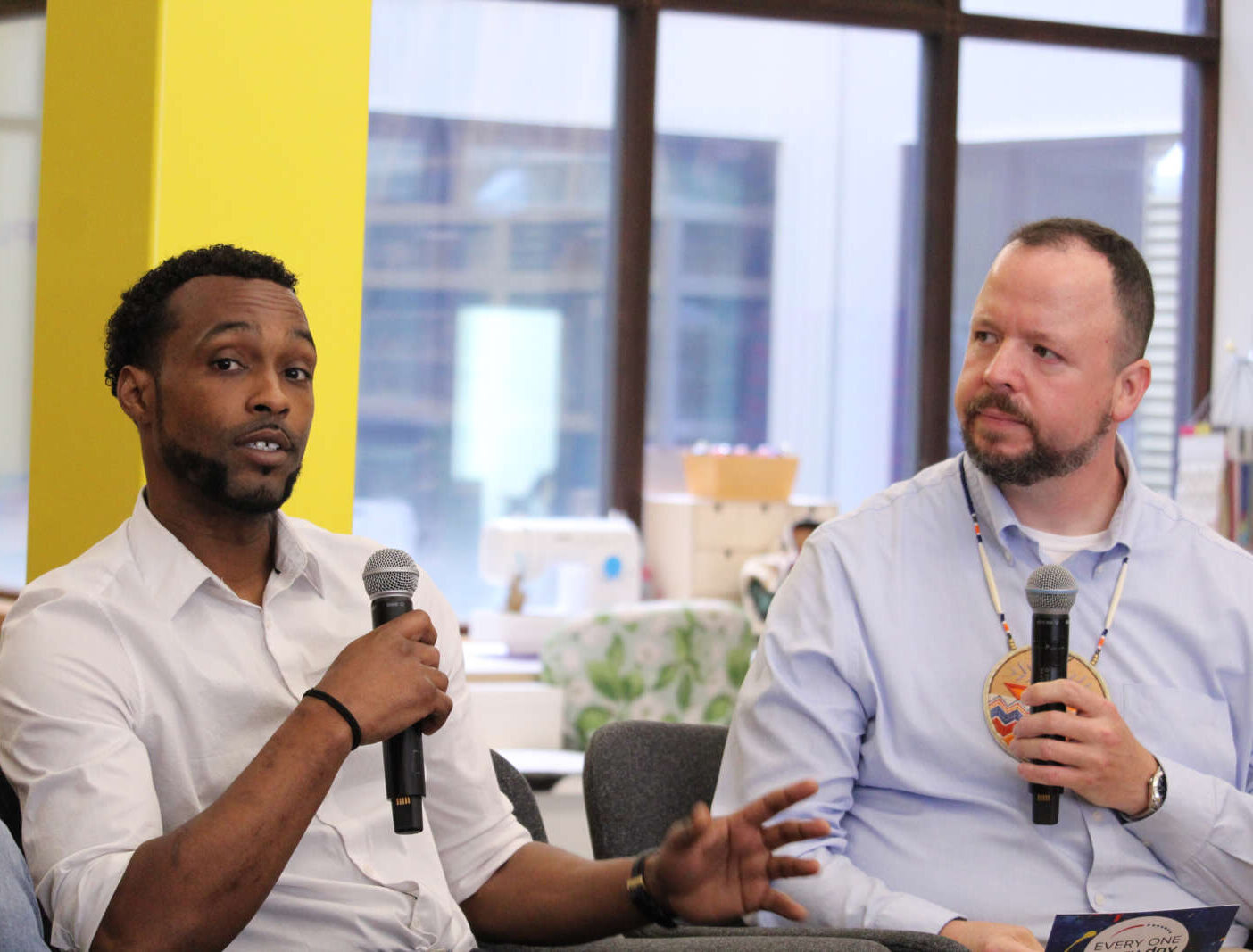

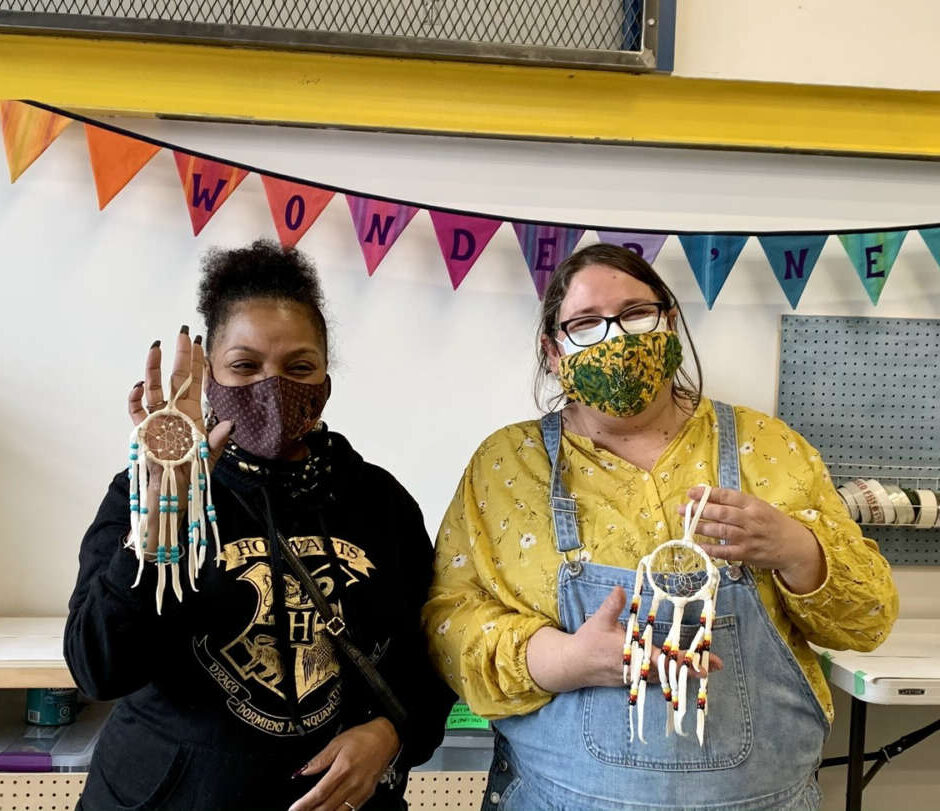
A waterfront vision coming into focus.
A town’s waterfront can and should be a dynamic and attractive space with reasons for residents to gather, spaces for businesses to grow, and room for the town to flourish. The Town of Pictou is working to develop the economic potential of its waterfront. In 2021-2022, Develop Nova Scotia partnered with the Town to support them in the development of a comprehensive waterfront master plan. The plan is designed to ensure that the waterfront is developed in a strategic and sustainable manner—providing places for community to gather, platforms for business, and infrastructure for industry. It includes renewal of Hector Heritage Quay Interpretive Centre and Ship Hector Replica, a new Cultural Hub, and marine infrastructure improvements.
Recently, the team from Develop Nova Scotia visited the Pictou waterfront to get a firsthand impression of how things are going. Along with a walking tour and site visit with some key partners, the group discussed the transition from planning to implementation, focusing on some “quick-wins” such as short-term tactical opportunities and programming ideas.
In 2022-2023 we will continue to help with the planning, design, and funding assembly to support the project—and we look forward to seeing the Pictou waterfront become a prized destination for residents, businesses, and visitors.
The Town of Pictou has decided to reimage and reinvent its waterfront. At first this was seen as a daunting task but through the support and expertise of Develop Nova Scotia, the Town has been able to envision a path forward. Develop Nova Scotia has shared best practices, minimum standards and have helped dissect the plan into manageable pieces. The Town is very excited and grateful to have the support of Develop Nova Scotia as it advances its waterfront plan and brings concepts into reality.
Kyle Slaunwhite, CAO, Town of Pictou
So much more
than a fort.
Though the Fortress of Louisbourg never fails to draw a crowd, the rest of the community hasn’t always benefited from the influx of people and dollars. And that’s about to change. Develop Nova Scotia and the Cape Breton Partnership have finalized an agreement to begin work to enhance the overall experience for locals and visitors in Louisbourg. Building on work undertaken by community groups in Louisbourg, a concept was completed in 2020 and includes a plan for reimagining the waterfront area surrounding a redeveloped Community Hub. The plan includes a new centre for visitor services, admission services, public space, vehicle arrival, and parking on the Louisbourg waterfront. With construction set to begin in 2023, the community of Louisbourg’s Visitor Experience Enhancement project is sure to attract more fortress visitors to the community’s waterfront and encourage more spending within the town.
The Louisbourg Visitor Experience Project will enable the promotion of Louisbourg as the significant destination that it is, grow local economic opportunities, and build stronger connections between the community of Louisbourg and key partners such as Parks Canada. The Cape Breton Partnership has been proud to work alongside Develop Nova Scotia with the community of Louisbourg and other key partners for the Louisbourg Waterfront Project at every stage and is excited for the future opportunity it will offer.
Tyler Mattheis, President and CEO, Cape Breton Partnership
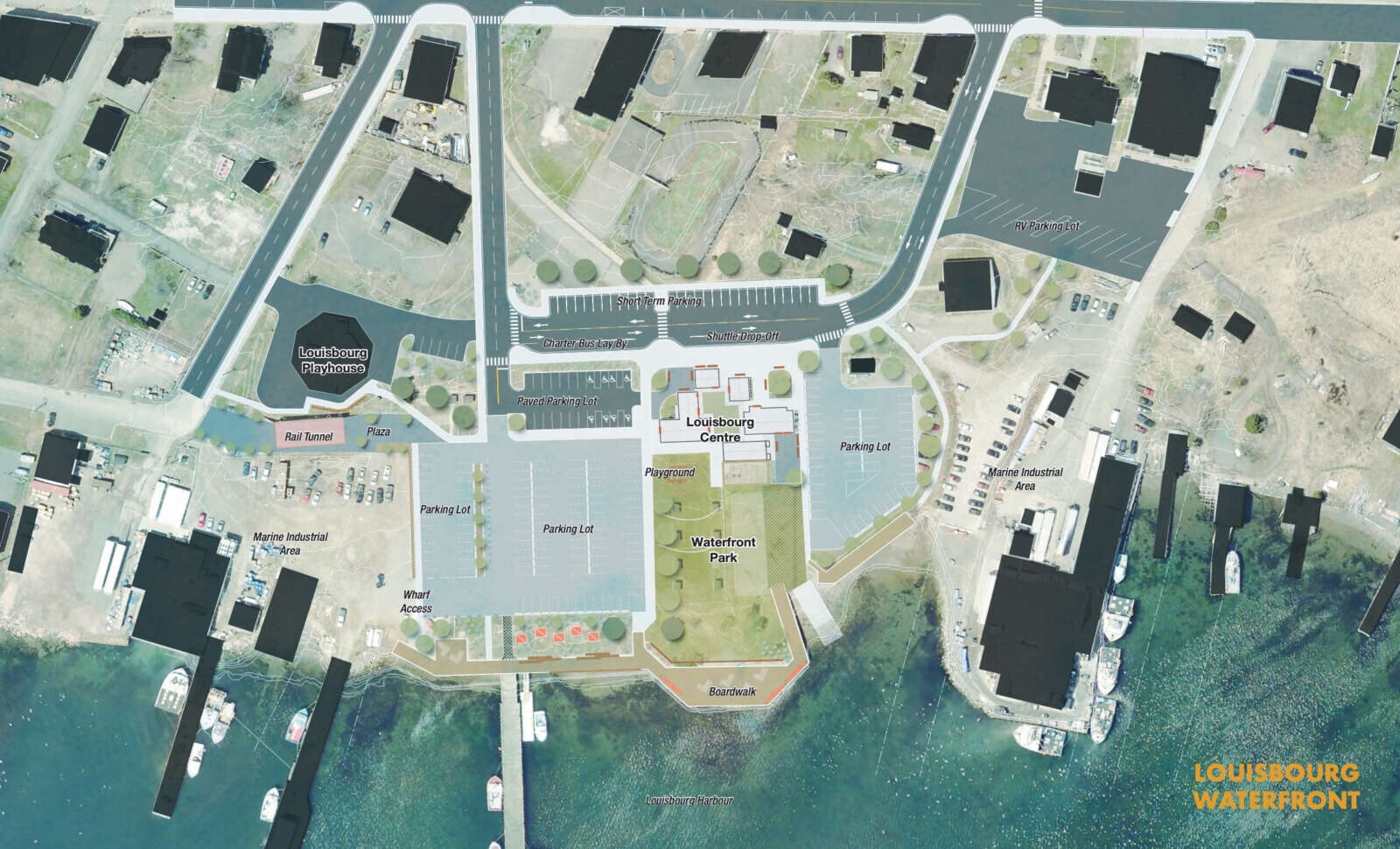
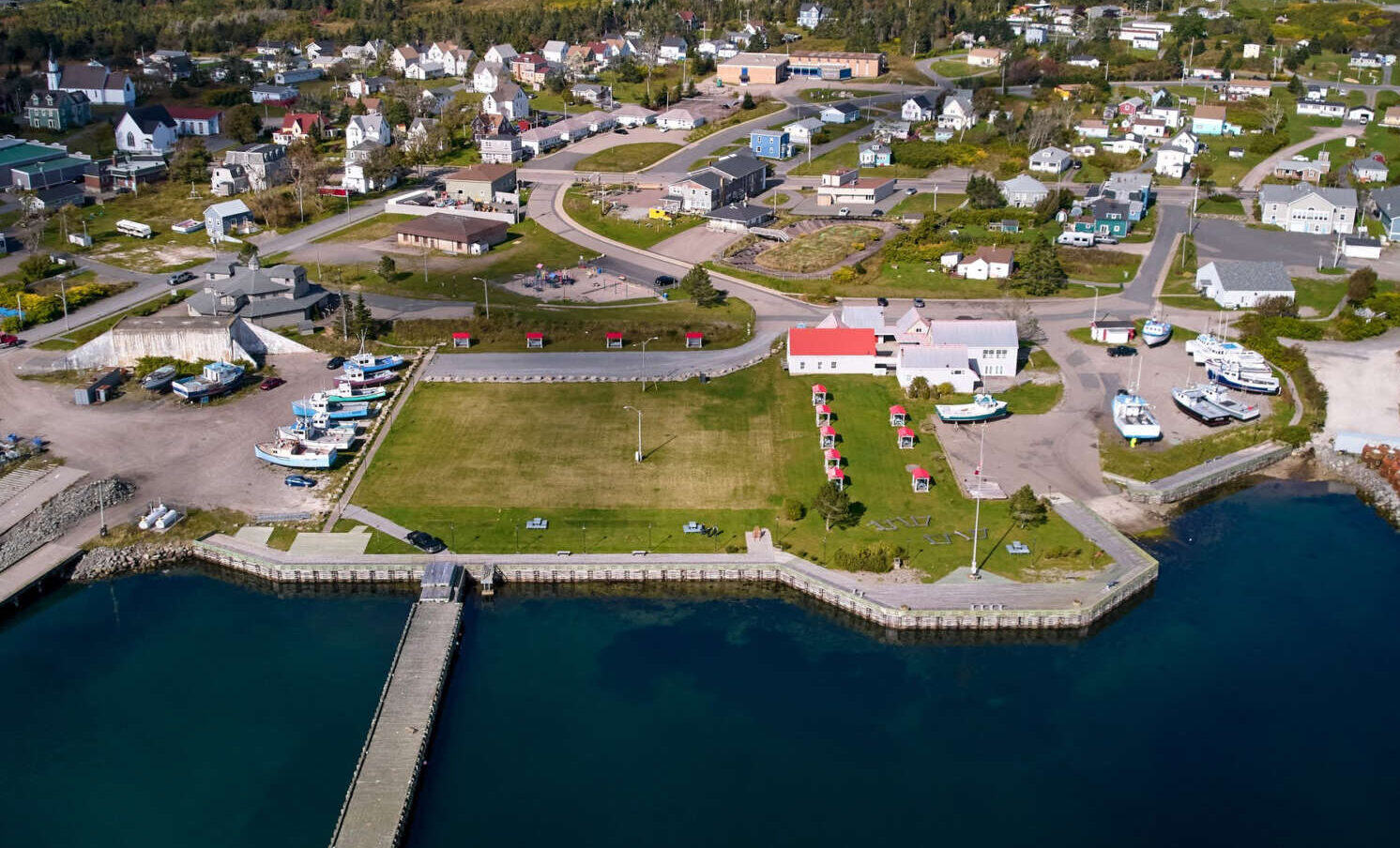
Charlotte Street Revitalization.
Few public spaces are more vibrant, diverse, and attractive than a healthy downtown core. Downtown Sydney’s Charlotte Street is full of potential as a natural gathering place and cultural hub. It’s why we’re pleased to support Cape Breton Regional Municipality’s (CBRM) revitalization plan for an enhanced downtown Sydney experience. The work will include plaza-width sidewalks on both sides of the street, road work, infrastructure improvements, and streetscaping elements such as new trees and street furniture. A more vibrant business district is sure to enhance programming, community connection, and economic activity for the area.
A plan for growth
guided by community
In Inverness, our work with the Municipality of the County of Inverness has been focused on responding to vital infrastructure to support both the livability and sustainability of the place while creating opportunities for community to capitalize on the continued increase in visitation. In 2021- 2022 the Municipality and its consultant advanced work related to the Growth Strategy and has prepared an additional growth scenario that better reflects ongoing development and demand in the area. A draft final report is expected to be delivered in 2022-2023 and will include recommendations to guide decision-making for infrastructure investment and land use.”



